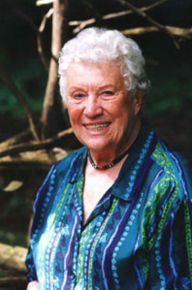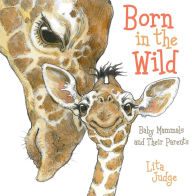Jean Craighead George was the preeminent nature writer for children. She is the author of My Side of the Mountain and Julie of the Wolves, and her work spanned 50 years. She died in May 2012 at age 93.
After completing his studies at the Ringling School of Art and Design in Sarasota, Florida, Wendell Minor began creating original designs for book publishers in New York City. He has created jacket illustrations for more than 2000 books, and has illustrated dozens of books for children, including America The Beautiful and Yankee Doodle America. He lives in Connecticut.


















